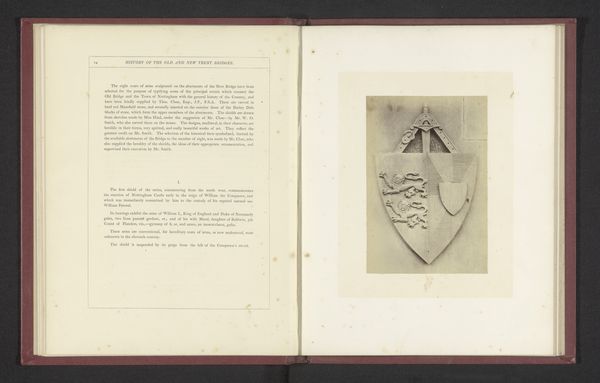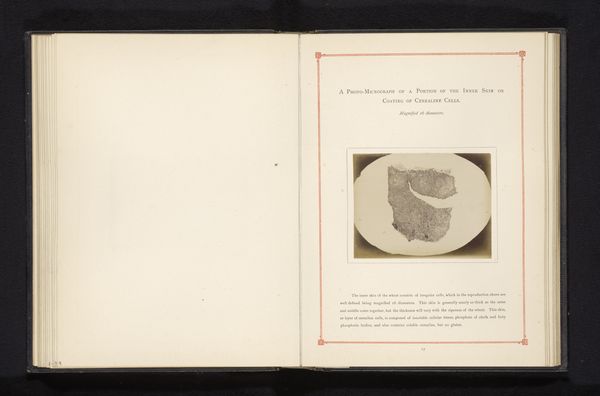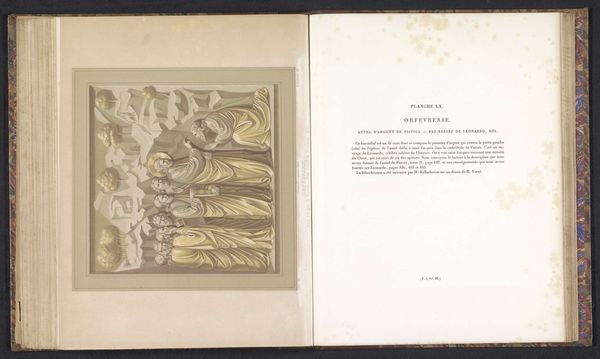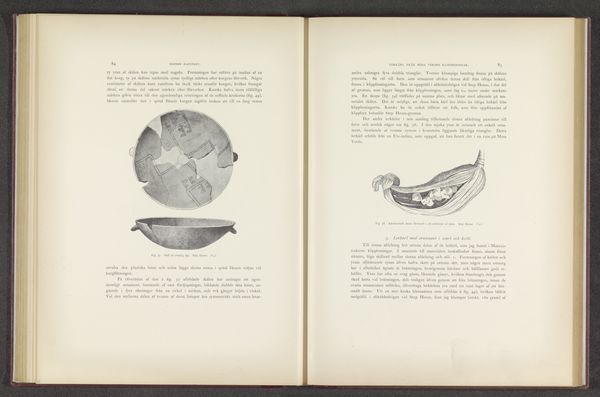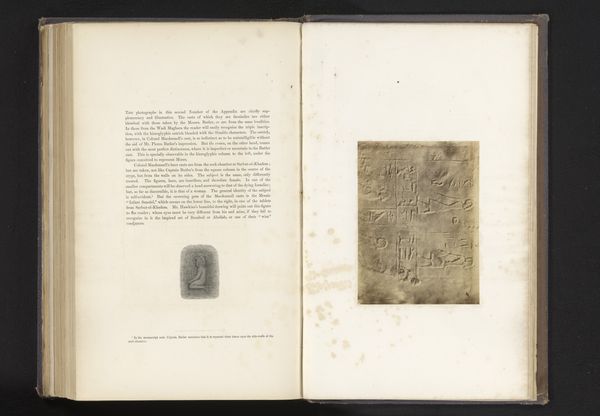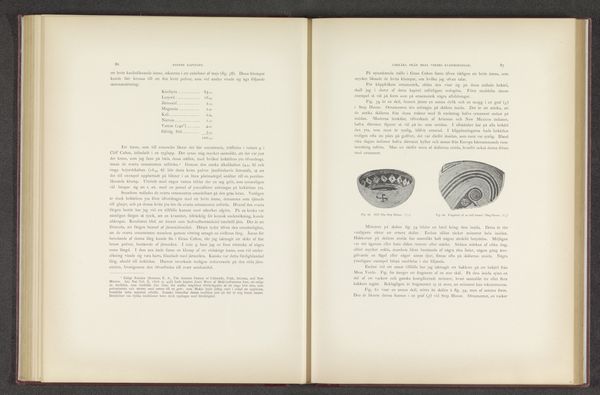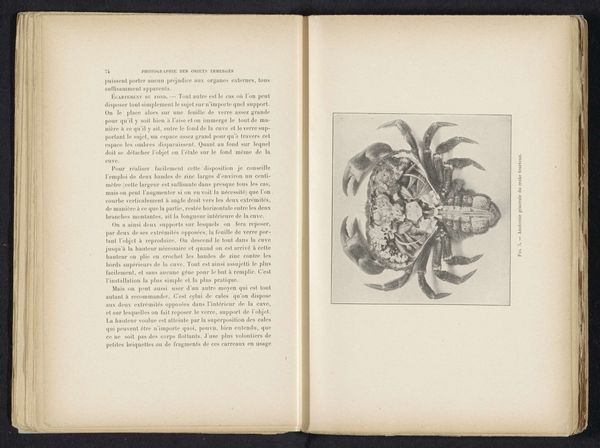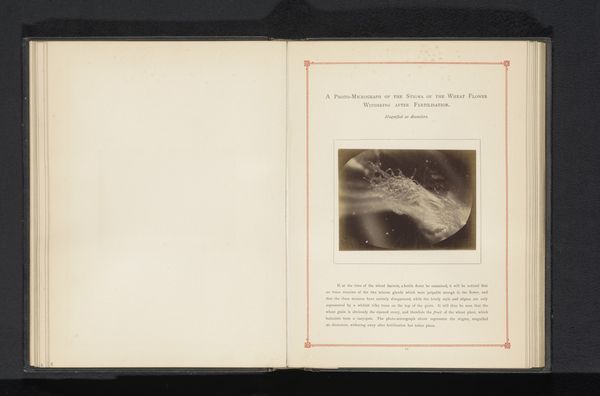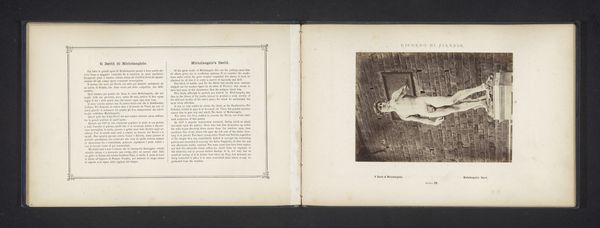
Wapenschilden met de tekens van Victoria van het Verenigd Koninkrijk en Albert van Saksen-Coburg en Gotha op de Trent Bridge in Nottingham 1871
0:00
0:00
print, photography
#
portrait
# print
#
photography
#
history-painting
Dimensions: height 106 mm, width 126 mm
Copyright: Rijks Museum: Open Domain
Curator: This is a page from an album featuring shields of Victoria and Albert on the Trent Bridge in Nottingham, taken in 1871. It's now part of the Rijksmuseum's collection. Editor: They're surprisingly austere, aren't they? Considering the Victorian era's penchant for ornamentation, there's a certain starkness in the photograph. Almost clinical in presentation. Curator: It’s worth thinking about how public symbols of power work, even in photography. This photograph documents and, in its way, reproduces the visual language of the monarchy at a time when anxieties about British power were emerging. Editor: How so? To me, the photograph draws attention to the meticulous craftsmanship that would have gone into these shields and their placement. Think of the labor involved, the skill! Curator: Absolutely, but there's more than meets the eye. We can't ignore the imperial context; this bridge wasn't just about infrastructure. It was part of a symbolic assertion of power. How that labour was divided—who benefited from that labour, and the inequalities of labour itself. Editor: True, but even the material suggests power. They had to select suitable stone and, considering the scale of the construction, organise the labour accordingly. The means to produce a symbol like that would have a ripple effect into Nottingham society at the time. Curator: Precisely, we are confronted with layered implications. How did visual displays intersect with race, class, and gender during British expansion? Whose stories were obscured in the process of making these historical records? Editor: Examining images like this underscores how connected everything is. It's an object lessons in how to 'read' images; how labour and materiality are inextricable from those issues you're raising, that social critique is so fundamental.
Comments
No comments
Be the first to comment and join the conversation on the ultimate creative platform.

